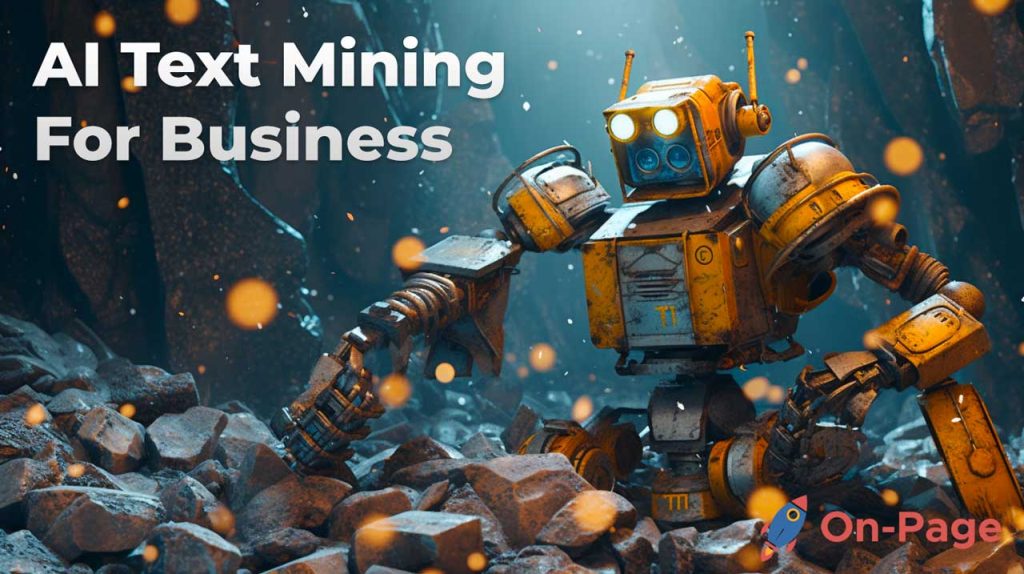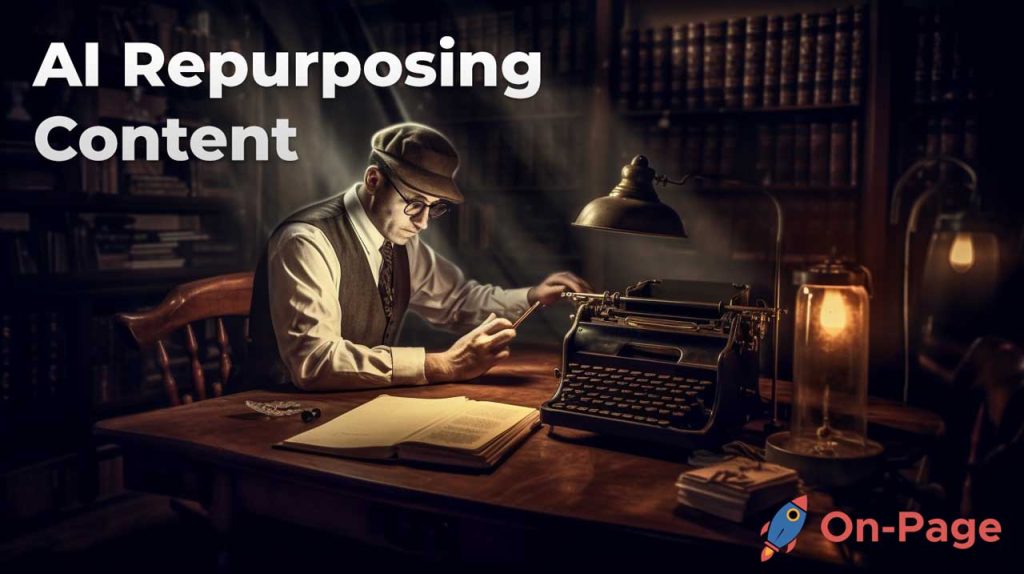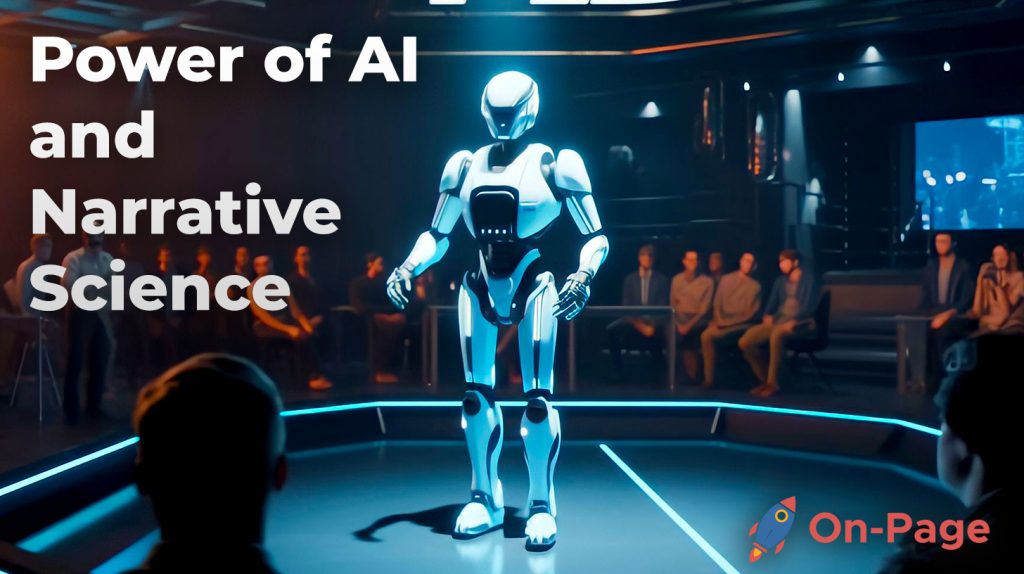Unlocking the Mystery of How AI Chatbots Generate Responses
Ever found yourself trapped in a seemingly never-ending conversation with an AI chatbot, marveling at how eerily human-like the replies are? How is it that a machine can not only understand but also respond to complex phrases so effortlessly? The answer lies in advanced algorithms and intricate mechanisms developed by AI researchers. In this post, we unveil the fascinating world behind the curtain, revealing the inner workings of AI chatbots and how they generate their ingenious responses. Prepare for a captivating ride into the realm where artificial intelligence and human conversation seamlessly collide!

AI chatbots generate responses using a combination of machine learning algorithms and natural language processing techniques. Natural Language Processing helps the chatbot understand human language by breaking down sentences into individual words or phrases, identifying intent, and understanding sentence structure. Machine Learning Algorithms help the chatbot make decisions without explicit programming by learning from data and continually improving its understanding and language use as it interacts with more users. Chatbot architecture also plays a significant role in generating responses by utilizing question-answer systems, an environment for contextualizing user messages, and front-end systems for user interaction.
Understanding AI Chatbot Mechanisms
AI chatbots are computer programs designed to simulate human-like conversation patterns for various applications, such as customer service and marketing. Typically, these chatbots are housed on websites or messaging platforms and use natural language processing (NLP) techniques to comprehend user input and generate relevant output.
To better understand how AI chatbots work, imagine you’re shopping online for a new jacket and come across a chatbot programmed to assist with purchase-related questions. You ask the chatbot “What colors does this jacket come in?” The chatbot uses NLP algorithms to break down your sentence into keywords like “colors” and “jacket” and searches its database for information related to the product you are looking at. The chatbot then responds with accurate details about the available colors of the jacket in question.
Additionally, there are two different types of AI chatbots: scripted or rule-based, and AI or self-learning. Scripted or rule-based bots follow a pre-programmed step-by-step approach by providing pre-written responses based on preset rules they can follow. The script cannot analyze the context of the conversation beyond rigidly programmed responses. Natural conversational chatbots, however, use machine learning technology to function in a conversational manner. Advanced algorithms enable AI-based bots to learn from conversations that take place with users over time. With each interaction, they continually adjust their responses based on dialogue history to provide more personalized communicative solutions specific to brand tone.
While there is always some degree of uncertainty about how AI-generated responses will perform when interacting with humans — the fact remains that advanced machines considered modern AI models provide more sophisticated language skills compared to those seen only a few years ago.
To help make an analogy; an AI chatbot’s language capabilities have improved through sophisticated software advancements that are akin to advances in the way people have learned to speak over time. The development of AI bots has grown from learning language from a series of predetermined rules like grammar, syntax, and so on, to understand language properly through the thorough study of a vast volume of data.
Now that we have an understanding of the basic mechanisms behind AI chatbots, let’s explore how these programs work in practice by examining some key fundamentals of chatbot functionality.
Fundamentals of Chatbot Functionality
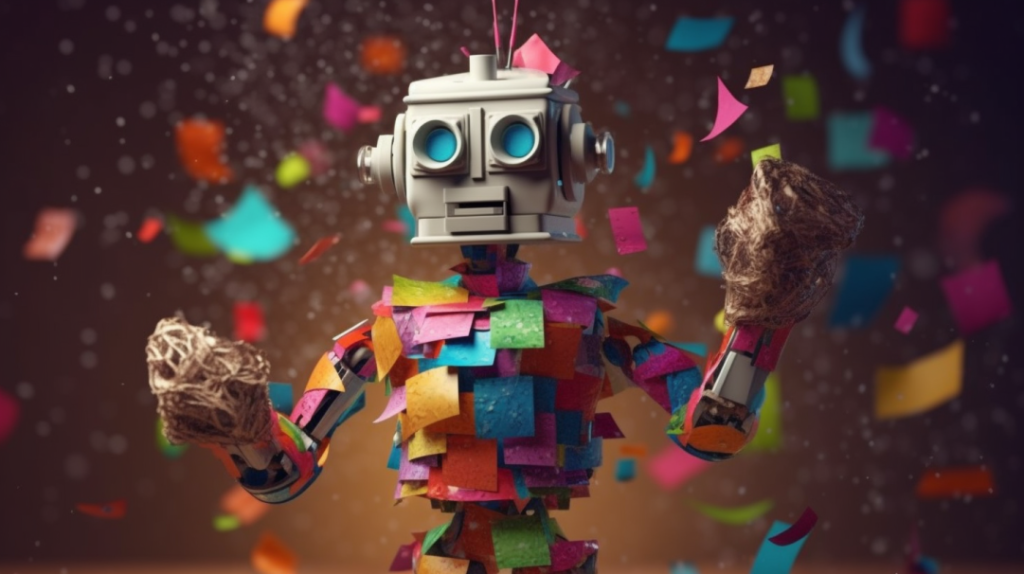
Fundamentally, chatbots are programmed to automate tasks or provide assistance comfortably via computerized interfaces that operate through NLP communication. They are designed to interpret user input, personalize responses using machine learning algorithms and natural language processing techniques while carrying out specific functions automatically. When responding to a user query or command, the chatbot analyzes the input text and recognizes important keywords and phrases to determine what action it should take next.
For instance, if you use an airline mobile app and type “book me a flight” into its chatbot interface —two potential scenarios could happen. In the first instance, a rule-based bot will access a pre-populated database of flight schedules for a specified route using pre-selected airlines. In contrast, an AI-based bot could analyze your past booking history before recommending flight options for you specifically based on the price point previously paid for similar flights.
Similarly, as more customers interact with NLP chatbots through varied messaging platforms such as Facebook Messenger or WhatsApp Business, it provides valuable conversational data around user expectations and preferences. This rich client-specific interaction then can be analyzed to identify trends within those conversations which inform designers building future chatbots.
Perhaps consider the difference between home-cooked and fast food burgers as an analogy. Rule-based chatbots —serve standardized hamburger patties with fix toppings while advanced AI technology enables a chef to adjust the burger’s contents to a customers’ specific tastes over time using sophisticated software applications that monitor and analyze order readiness.
With these foundational chatbot principles in mind, let us better understand the technology behind chatbots and how it enables intelligent response generation.

Programmed vs Natural Conversational Skills
One of the key considerations in designing an AI chatbot is determining whether to program it with a set of predetermined responses or enable it to learn from user interactions and develop natural conversational skills.
On one hand, programmed chatbots can be more reliable and efficient in handling specific tasks or answering straightforward questions. They are pre-loaded with a set of responses that have been tested and refined over time. This approach ensures that users receive consistent and accurate answers from the chatbot, without the risk of language misunderstandings or inappropriate responses.
For instance, a programmed chatbot designed for customer service may have canned responses ready for frequently asked questions such as “What’s your return policy?” or “Can you help me reset my password?”. By anticipating these common queries and providing succinct replies, the chatbot streamlines the support process and frees up valuable staff time.
On the other hand, natural conversational skills allow AI chatbots to recognize subtle nuances in language, adjust their tone to match the user’s emotion, and provide personalized responses tailored to their needs. With machine learning algorithms behind them, natural language processing (NLP) technologies enable chatbots to become increasingly sophisticated over time as they learn from more conversations.
Think of it like having a conversation with a new acquaintance versus someone you’ve known for years. Initially, you might stick to polite small talk topics that everyone can relate to. Over time, as you learn more about each other’s interests and backgrounds, your conversations become richer, more engaging, and better suited to your unique relationship.
However, enabling chatbots with natural conversational skills also comes with risks. If not properly trained or monitored, they may generate inappropriate responses or fail to understand complex language constructs. The ultimate goal is to reach a balance between natural conversation abilities and reliable response generation, depending on the specific use case.
Ultimately, the decision to program or enable natural language for an AI chatbot depends on the intended use case. For routine and simple interactions, programmed chatbots may suffice. However, for more complex tasks that involve interpreting and responding to varied user inputs, a natural language processing approach is likely more effective.
Technology Behind Chatbots Generating Responses
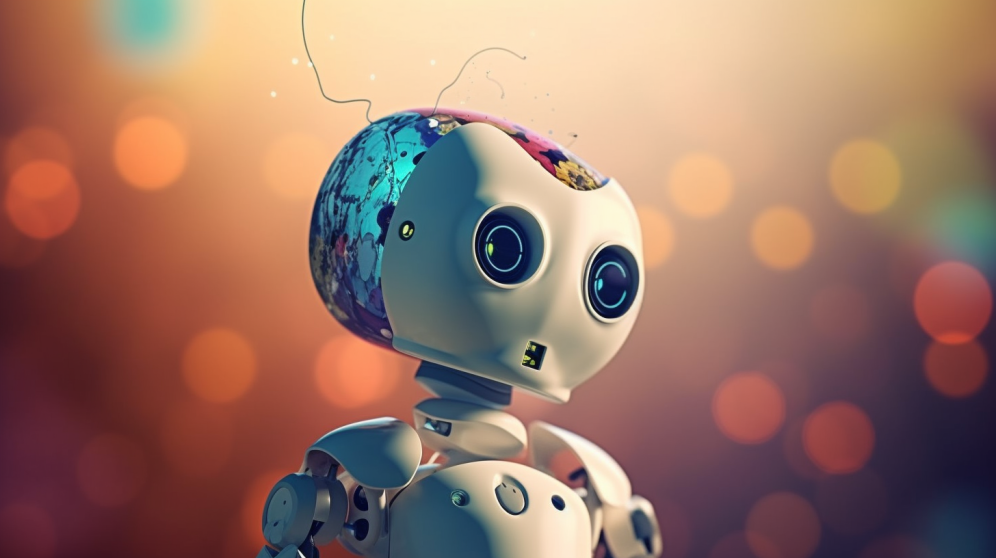
Building successful AI chatbots relies on advanced machine learning techniques such as natural language processing (NLP) and deep learning neural networks. By using these technologies, chatbots can understand, interpret and generate responses in human language with relative accuracy.
NLP is one of the essential techniques used in AI chatbots. It allows bots to analyze written or spoken text and detect the context, meaning, and sentiment behind them. The main components of NLP systems include entity recognition, part-of-speech (POS) tagging and named entity recognition (NER), which identify features like people, places, or actions within text.
For instance, when a user asks a question such as “Where can I find a good Italian restaurant near me?”, an NLP-based chatbot would be able to identify the “Italian restaurant” entity type and process it accordingly.
Machine learning algorithms also play an important role in generating responses that mimic human conversations. This includes supervised learning methods that are fed massive amounts of training data to help train the model to make informed decisions based on specific input data.
Think of it like how humans learn. We gain our knowledge through experience by building upon past experiences repeatedly. Machine learning algorithms replicate this method of learning by starting from scratch and then improving with each new interaction.
Other key technologies behind chatbot response generation include natural language understanding (NLU), sentiment analysis, and intent recognition. By combining all these technologies with advanced neural network architectures such as long short-term memory (LSTM) networks, AI chatbots can achieve a high level of accuracy in understanding user queries and providing relevant responses.
Of course, AI chatbots are far from perfect at interpreting and generating responses. They can still struggle with context, tone and colloquialisms that humans take for granted. As such, effective training data sets, rigorous testing processes and continuous monitoring are vital to ensure successful chatbot deployments.
Natural Language Processing and Machine Learning
Chatbots are widely used for various purposes, including customer support, lead generation, and sales. A chatbot’s ability to generate responses that sound natural and human-like is based on the underlying technology employed. Today, advanced chatbots utilize Natural Language Processing (NLP) and Machine Learning (ML) technologies to understand and respond to users’ queries more accurately and effectively.
NLP is a subfield of Artificial Intelligence that focuses on the interaction between computers and humans using natural language. It enables machines to understand, interpret, and manipulate human language, making it an integral part of modern chatbot technology. NLP operates by breaking down human language into its constituent parts – words and phrases – analyzing their meanings in context, identifying syntax structures, and extracting relevant information.
Within NLP, machine learning plays a crucial role in enabling chatbots to learn how to interpret natural language queries better over time. They can do this without explicit programming using supervised learning and unsupervised learning algorithms. In supervised learning, training data with labeled input-output pairs teach the algorithm how to map inputs to outputs accurately. In contrast, unsupervised learning allows the algorithm to learn from data that lacks labels or prior classification.
While rule-based chatbots work well for simple tasks like ordering a product or scheduling a meeting, advanced chatbots heavily depend on complex NLP models and ML techniques for understanding open-ended questions and generating appropriate responses. Some experts believe that chatbots powered by AI have limitations in recognizing emotions or sarcasm expressed through natural language.
To illustrate how NLP combined with ML works under the hood of chatbot technology’s response generation capabilities: Imagine a teacher teaching a student how to solve math problems. The teacher breaks down each question asked as tiny components for understanding. For example, “What is 10+2?” will be split into “What,” “is,” “10,” “+,” and “2.” Similarly, NLP assigns part-of-speech tags to every word in a natural language sentence. These tags help identify relevant information, and then ML algorithms use probabilistic models or classifiers that predict contextual meaning and reply with the correct answer.
With NLP and ML being the two vital components of chatbot technology, let’s delve deeper into the data inputs chatbots use during the response generation process.
Data Input for Response Generation
Chatbots require vast amounts of data so that they can learn to understand key phrases, nuances, and sentiment in different languages and cultures. The quality of data determines how well the chatbot performs its functions. The larger the dataset available to train a chatbot through ML, the more accurate its responses become.
Data sources such as social media posts, emails, chat logs, website analytics, call center recordings are used by chatbot developers for training their AI models. It is common for teams responsible for developing chatbots to go through initial scripting phases where they predict the user’s most likely request based on their business needs. Next, these scripts are turned into training data used in steps like versioning models.
To ensure data accuracy, human experts or crowdsourcing services may be used to classify and label data efficiently. An example of this could be classifying labeled datasets for sentiment analysis which could provide insight building smarter responses based on prior sentiment expressed towards another company on social media. This significantly reduces errors and ensures that only high-quality content is used for model training.
However, despite all efforts to provide clean datasets for chatbot training models via input data classification standards (such as IAB Tech Lab Content Taxonomy) using lists of blocked words there is still a possibility that biased data could negatively impact the chatbot’s performance. Biased data is not just limited to cultural or gender bias, it could also include political, hearsay, urban legends, pop culture, and niche practices.
Data input for response generation is like building a jigsaw puzzle. Imagine each piece of feedback is like a small part of the puzzle. By putting these pieces together, the chatbot can learn more from this training data and improve response accuracy over time. Still aided by its underlying machine learning techniques.
- According to a 2020 report by Grand View Research, the global chatbot market size was valued at USD 2.6 billion in 2019 and is projected to witness a compound annual growth rate (CAGR) of 24.3% from 2020 to 2027.
- A study published in Computers in Human Behavior in 2019 found that users were more likely to accept the advice of AI chatbots when they believed the chatbot was capable of understanding and processing their emotions.
- In a survey conducted by ChatGrape in 2020, it was reported that over approximately 60% of businesses either currently use or plan to implement an AI-based chatbot for various applications such as customer support, human resources, and sales/marketing automation within the next two years.
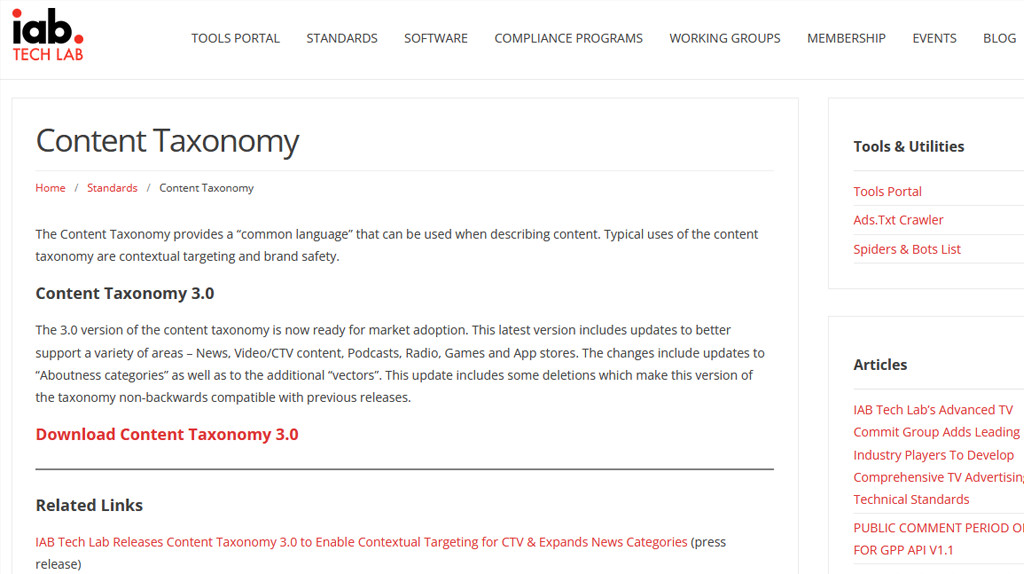
Enhancing Chatbot-Human Interaction
One of the key challenges that chatbots face is enhancing the interaction between chatbots and humans. While chatbots can process queries accurately, they may not be able to interpret user intent effectively, leading to miscommunication and frustration.
One way to enhance chatbot-human interaction is by incorporating natural language processing (NLP) capabilities in chatbots. This technology allows chatbots to understand human language more naturally and respond in a way that is contextually relevant. For instance, NLP enables chatbots to comprehend slangs, idioms, and colloquialisms which are commonly used in day-to-day communication. This feature helps chatbots to provide more accurate responses, leading to a better user experience.
Another effective method for enhancing chatbot-human interaction is through sentiment analysis. Sentiment analysis allows chatbots to recognize emotions that are being conveyed through text messages or voice commands. This feature enables the chatbot to respond in a way that is empathetic towards the user’s needs or feelings. For example, if a person types “I am feeling upset,” the bot can identify the negative sentiment and respond with a message such as “I’m sorry you’re feeling that way, how can I help?”
Chatbots also benefit from having the ability to handle complex conversations and provide appropriate solutions based on user requests. For instance, if a user asks a question related to multiple topics at once, a well-programmed bot conducts follow-up questions like meaningful clarifications until they have all necessary information before proceeding with its response.
One practical application of enhancing chatbot-human interaction is in customer service support. Customers want quick resolutions when facing issues. Currently, customers often deal with long wait times over the phone or delayed email responses; these waiting times create frustration and lead customers to seek different solutions elsewhere (including competitor companies). It may be difficult for one customer service agent to handle multiple inquiries simultaneously, but chatbots equipped with NLP and sentiment analysis capabilities are able to manage numerous requests at a quicker pace. Consequently, customers are more likely to receive faster response times and resolution that are contextually relevant.
While enhancing chatbot-human interaction is essential, some critics argue that automating conversations using AI technologies may lead to a lack of authenticity in communication. Some also worry about losing the ‘human touch’ in customer service interactions or other business activities. It’s worth noting that chatbots aren’t designed to replace human conversations; they’re developed with the purpose of handling specific repetitive tasks efficiently. Customers sometimes prefer communicating with chatbots because they can swiftly answer questions or handle simple requests without needing to engage with a human representative. Additionally, businesses can eliminate repetitive, time-consuming tasks by automating them through chatbots. This solution frees up personnel, which can allow for quality communication between customers and representatives on more complex issues.
In sum, think of chatbot-human interaction as similar to how individuals interact with each other through emails and text messages. Strong communication skills require an understanding of language nuances and tone; having this skill enables people to convey their thoughts accurately and effectively over written mediums. Similarly, chatbots must possess NLP capabilities in order to be effective communicators and enhance their conversational abilities.
- Enhancing chatbot-human interaction is crucial for improving user experience, and incorporating natural language processing (NLP) and sentiment analysis capabilities in chatbots can greatly improve their ability to understand and respond contextually. This can have practical applications in customer service support, where fast response times are essential. However, it’s important to note that chatbots are not intended to replace human conversations but rather handle specific repetitive tasks efficiently. Overall, strong communication skills require an understanding of language nuances and tone, and NLP capabilities are necessary for effective chatbot communication.
Benefits and Future of AI-Generated Responses
The benefits of using AI-generated responses are numerous and ongoing advancements will enable even more valuable features for users. Chatbots play a significant role in customer service support but AI-generated responses have applications that extend beyond serving customers’ needs. For example, businesses may benefit from these algorithms by using them to calculate sophisticated analytics models; such models may provide valuable insights into customer behavior patterns, preferences, etc.
Another potential use case for AI-generated responses stems from the content creation industry. Today, many article marketing services use software-generated content because it’s typically faster and cheaper than hiring a writer or team of writers. However, such content usually comes off as flat, lacks personality, and is at risk of being poorly optimized for SEO due to the limited vocabulary used by some software solutions. AI-generated responses can eliminate these issues; they would be designed with natural language processing (NLP) capabilities, enabling them to create engaging text using a wider range of language sets.
Furthermore, in the medical field, AI-generated responses can streamline documentation processes that require data entry. In contrast to traditional methods, AI generated forms could fill in general information such as demographics and symptoms instantly, freeing up physician time to focus on the patient during consultations.
A major benefit of AI-generated responses is automation. A platform like On-Page.ai generates quality articles featuring unique data presentation and analysis which can save the user hundreds of hours when generating content. Additionally, formatting suggestions are provided automatically based on keywords for enhanced readability and optimized search engine ranking.
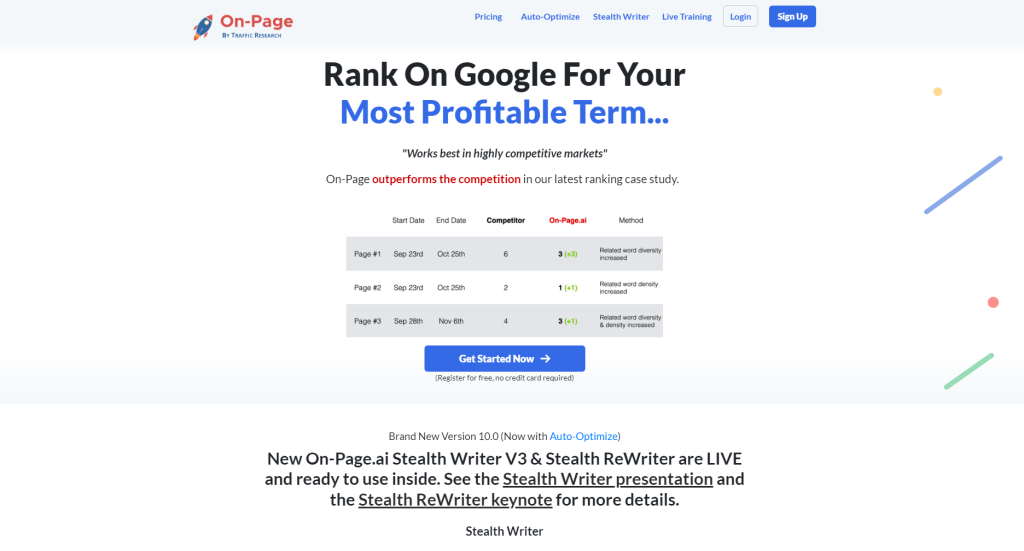
Common Questions and Answers
How do businesses and organizations use AI chatbots to enhance customer service and communication?
In today’s digital age, AI chatbots have revolutionized the way businesses and organizations interact with their customers. By adopting these smart tools, brands can effectively streamline their customer service operations while providing a personalized touch to their consumers.
One significant benefit of using AI chatbots is their availability round the clock, which allows companies to offer 24/7 assistance and improve customer satisfaction levels. Research by Salesforce suggests that 64% of consumers expect real-time customer service, and chatbots are an excellent way to meet this expectation.
Moreover, chatbots can handle several customer queries simultaneously without any delays or interruptions. According to a study by Juniper Research, businesses could save up to $8 billion annually by utilizing chatbots for customer care functions.
Another advantage of using AI chatbots is the ability to provide customized recommendations and suggestions based on user preferences. This not only enhances customer experience but also increases sales revenue. A report by Gartner suggests that companies leveraging personalization in eCommerce will outsell those that don’t by 30%.
In conclusion, it is evident that AI chatbots have become a crucial tool for businesses and organizations looking to enhance customer service and communication. By offering personalized support and round-the-clock availability, chatbots can effectively help businesses build consumer loyalty and drive sales growth in the long run.
What are the limitations of current AI chatbot response generation technology?
As AI technology continues to evolve, there are still some significant limitations when it comes to chatbot response generation. Some of the most significant limitations include:
1. Lack of Context Awareness: Current AI models lack the ability to understand context and provide intelligent responses based on that context. According to a study conducted by HubSpot, 55% of users reported frustration with the inability of chatbots to understand their requests.
2. Limited Ability to Handle Complex Queries: While current chatbots can handle basic queries, they tend to struggle with more complex questions or requests that require human-level comprehension. This limitation was highlighted in a study conducted by Forrester where only 13% of chatbot interactions were resolved successfully.
3. Inability to Simulate Human Emotions: Chatbots might have access to vast amounts of data, but they lack the ability to simulate human emotions accurately. A survey conducted by Pega found that 65% of customers would appreciate companies investing in AI that provides more personalized support, including the ability for the chatbot to detect how they feel.
4. Dependence on High-Quality Data: AI chatbots rely heavily on high-quality data sets to generate accurate responses. However, if the data is biased or not comprehensive enough, it can significantly impact the accuracy and effectiveness of the chatbot’s responses.
In summary, while AI-powered chatbots are becoming increasingly sophisticated, they still face several significant limitations in understanding user intent and providing personalized responses. Companies must continue investing in AI research and development to overcome these challenges if they want their chatbots to remain relevant in the years ahead.
Can AI chatbots “learn” from user interactions to improve their responses over time?
Yes, AI chatbots can “learn” from user interactions to improve their responses over time. This is possible through a process called machine learning, where the chatbot is fed with data from previous conversations and it uses this data to create models that inform its future interactions.
According to a survey conducted by Oracle, 80% of businesses believe that chatbots can improve customer satisfaction by providing faster and more accurate responses. Furthermore, machine learning-based chatbots have been found to increase customer engagement by up to 50% and reduce support costs by up to 30%.
One example of an AI chatbot that has successfully implemented machine learning is Mitsuku, a chatbot developed by Steve Worswick. Mitsuku engages in millions of conversations each year and uses machine learning to continually refine its responses based on user feedback. As a result, it has won the Loebner Prize for artificial intelligence four times.
In conclusion, AI chatbots can indeed learn from user interactions to improve their responses over time thanks to machine learning. Businesses looking to implement chatbots into their customer service strategy should consider adopting machine learning technology in order to stay competitive and provide the best possible experience for their customers.

